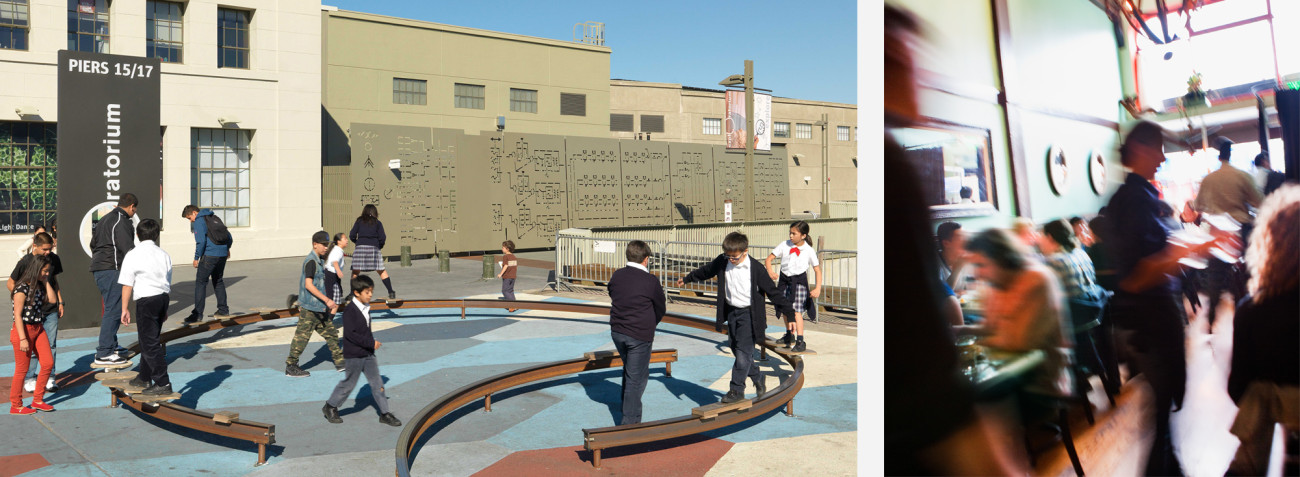The rapid development of housing and infrastructure on Treasure Island has been among the most unlikely storylines of post-pandemic San Francisco real estate. And city officials want to keep it that way.
With 1,000 housing units on the island either completed, under construction or about to break ground, Supervisor Matt Dorsey introduced legislation on Tuesday that would speed up the financing of the next stage of infrastructure development.
The legislation would provide $115 million in financing from the city’s general fund for phase two of the development, which includes 1,300 units, 250 of which would be affordable housing, a 240-bed behavioral health building, the restoration of three historic buildings and two public parks. The money would be paid back through taxes generated from the development on the island.
“This is where housing production is happening,” Dorsey said. “Things are moving forward. We can’t have any delays.”
In total, the plan for Treasure Island includes 8,000 units of housing, 140,000 square feet of retail, 100,000 square feet of office space and 300 acres of parks, along with a new marina, hotel, school and a joint police and fire station.
Dorsey said the 8,000 units planned for Treasure Island represents about 10% of San Francisco’s state housing targets of planning for 82,000 units between now and 2031. Of the total units planned for the island, about 2,000 will be affordable to low-income families.
While other mega projects around the Bay Area have stalled — including the Shipyard, Pier 70 and Schlage Lock in San Francisco — activity on the 400-acre artificial island in the middle of the bay has exploded. In addition to the first 1,000 housing units, about $800 million has been spent on infrastructure for utilities, streets, sidewalks, parks and a new ferry terminal.
The first $800 million in infrastructure work — which included preparing the island for sea level rise by raising some of the land by several feet — was paid for by the developer, who then got reimbursed through the tax increment financing agreement. But, with high interest rates and a sluggish Bay Area recovery from the pandemic, it would be difficult to raise the $115 million needed for the next infrastructure phase, according to Anne Taupier, director of development for Mayor London Breed.
Instead, the money would come from the city’s general fund and then get paid back by taxes generated by the development. Taupier said the first phase would be completed in the late fall of this year and work on phase two could start in 2025.
Taupier said the development completed on the island thus far has “been an absolutely enormous undertaking” and that the city development team has been working with the developers “to make sure we are rolling into that next phase without a pause in construction, without losing the momentum we have.”
“There was so much up front investment in phase one — so much money that went into the dirt — we don’t want to see any slowdown,” she said. “We want the evolution of the neighborhood to just keep going.”
Chris Meany, the managing partner of Wilson Meany, the lead developer of Treasure Island, said “we really appreciate all the hard work the city has put into keeping this project on track.”
“By updating this plan, we will be able to move efficiently from phase one to phase two and deliver the thousands of homes San Francisco needs,” he said.
Read the full story here>
